How to fix problems with radiators
Making sure that your radiators are working properly is an important part of maintaining the comfort level of your home, and any issue with them can soon be felt throughout the house. Problems with radiators can often turn into a costly repair job if you’re not sure what to do, but thankfully, we’ve got some useful tips for everyday troubleshooting.
Read on to find out how you can fix some of the most common problems with radiators.
If your radiators aren’t warming through properly
One of the simplest things you can do to keep your radiators in good health, is to make sure you bleed them well. It’s easy to do, especially with stainless steel radiators, and doesn’t take much time at all.
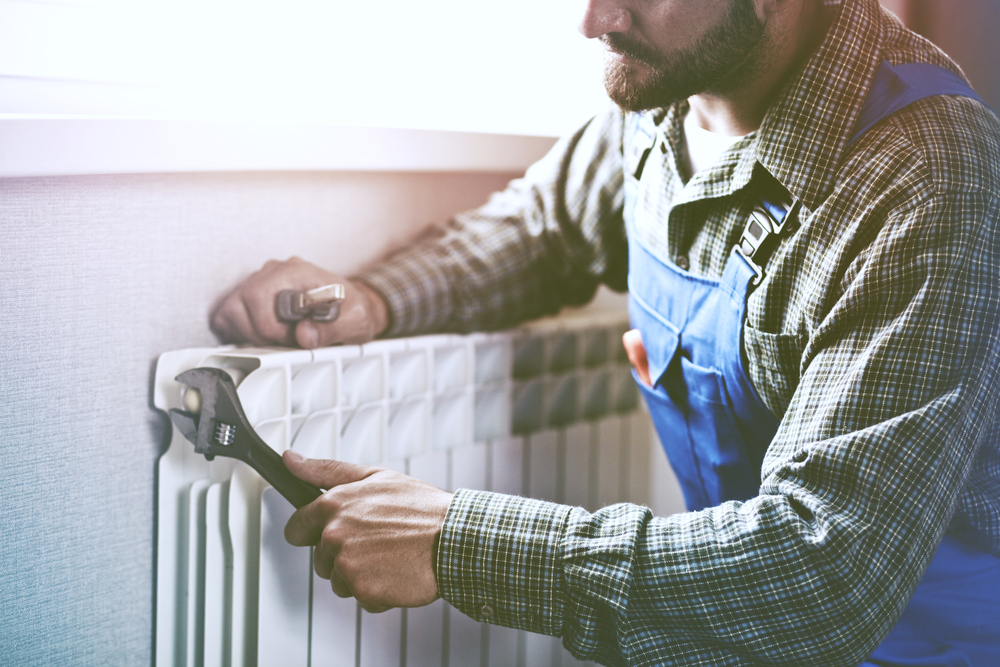
Bleeding radiators removes any excess air in the system, which can lead to poor water circulation and uneven heating. Before you start, make sure that the radiators through your whole home are cold, and the central heating is turned off. Then, using either a radiator key or a flat head screwdriver, turn the bleed valve gently to allow trapped air to escape. Keep a cloth handy to soak up any water that comes out. You’ll probably hear a slight hissing noise as the air leaves, which stops after the bubbles have escaped.
It’s a good idea to start from the downstairs and work your way up. Once you’ve completed this, you can then turn your heating system on again, and re-pressurise your boiler, according to your manual.
If your heating system is getting noisy
Creaks, groans and humming noises in pipes is a commonplace problem, but easy to address. If you’re hearing rushing sounds, or can hear air moving through, then it may be worth bleeding the radiators again, and checking each radiator individually, before turning the system back on.
If you’re hearing any kind of creaking sound, this could be a result of pipes expanding as they heat up. To resolve this, try increasing the space around pipes by widening the notches, and add insulation around pipes.
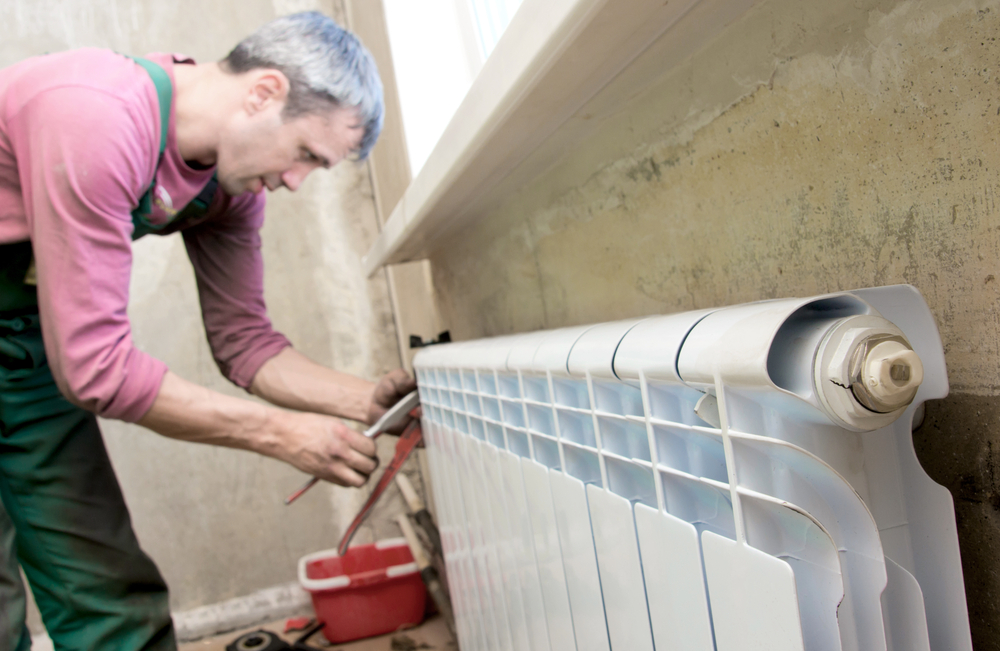
Sounds can also come up if there is a build up of lime scale in your radiator system. To avoid corrosion of pipes and reduce any accumulation within, it’s worth protecting your radiators with a central heating protector.
If your radiators are persistently too cold
If you’ve gone through the steps above and your radiators are still not warm enough, then it may be worth checking the thermostat and timer, to ensure this is all working correctly.
These can often be corrected by resetting the system, or by fixing any faulty wiring connections. If the culprit is just a single radiator in your house, then it may be that you need to replace its thermostatic radiator valve, or reset it correctly.
But if you’re still finding problems that can’t be resolved after following these steps, it might be time to call in an engineer, and make sure your radiators are taken care of.





























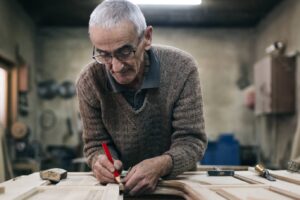
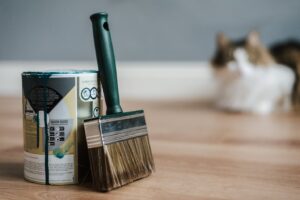



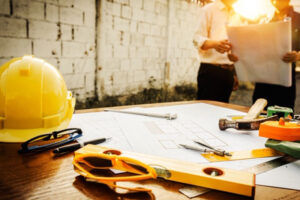
No comments